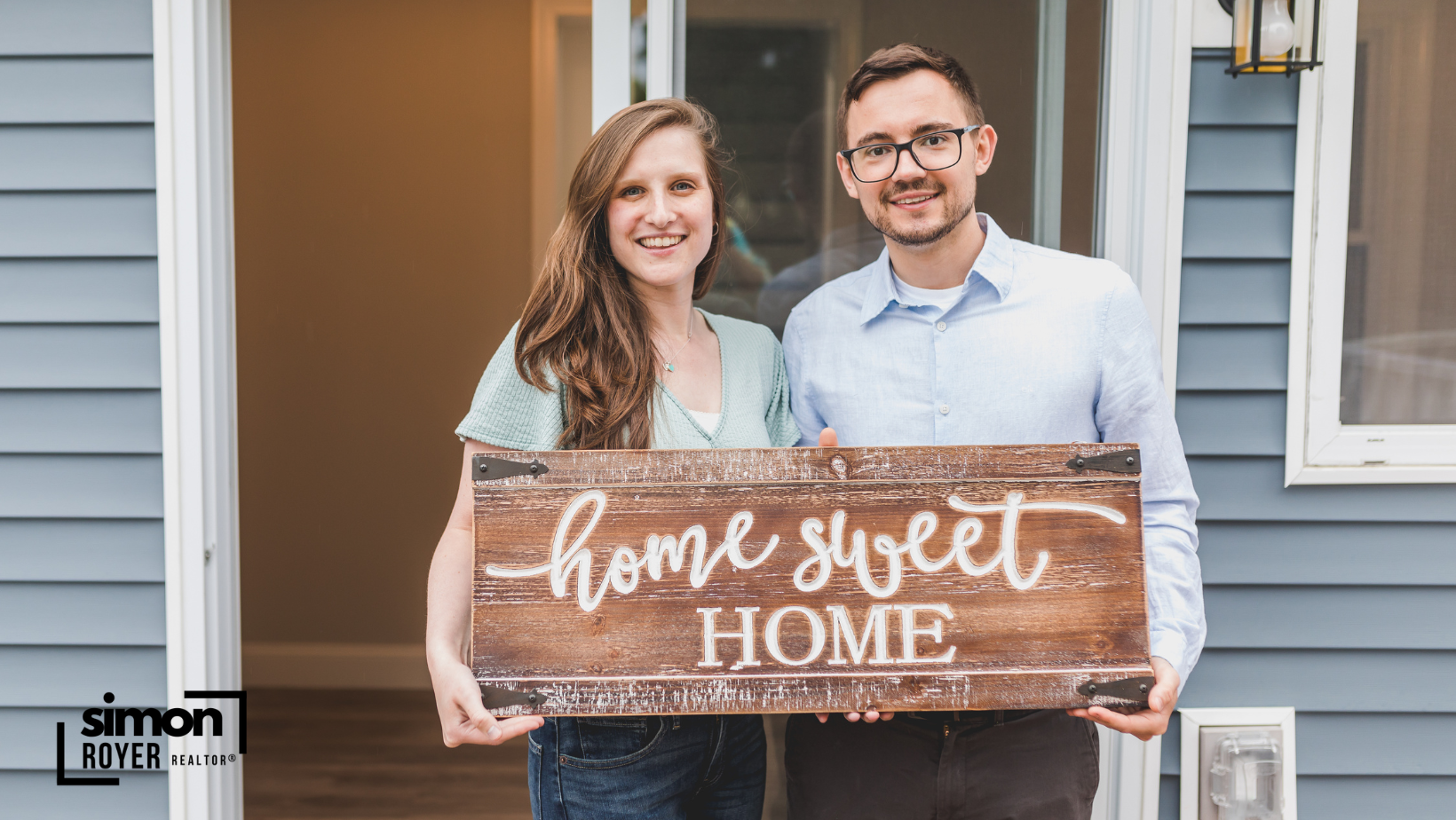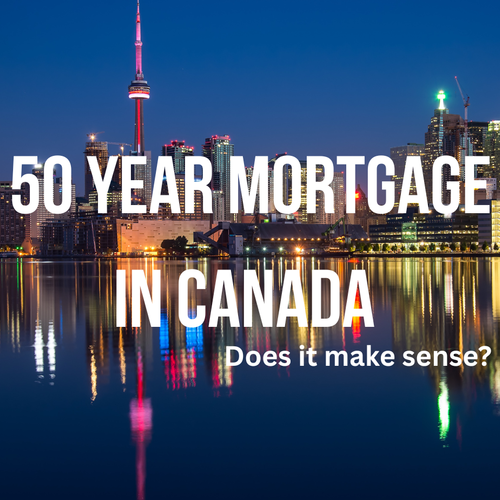Understanding the True Cost of Home Ownership
Buying a home is one of the most exciting milestones in life — but it’s also one of the biggest financial commitments. If you're budgeting just for your mortgage payment, you're missing the bigger picture. The true cost of home ownership includes several other line items that can make a big difference in your monthly and long-term budget.
Whether you're buying your first home in Brantford, upgrading in Cambridge, or relocating to Kitchener-Waterloo, here’s what you need to know.
1. Mortgage Payment
Let’s start with the obvious: your monthly mortgage payment. This includes the principal (the amount you borrowed) and the interest (what you pay to borrow it). Depending on your down payment, you might also be paying mortgage default insurance (if you put down less than 20%).
Pro Tip: A pre-approval doesn’t mean you can afford the home comfortably — it just tells you what the lender thinksyou can handle. Always budget based on your lifestyle, not the bank’s ceiling.
2. Property Taxes
In Ontario, property taxes are based on your home’s assessed value and the local tax rate. These can range widely from city to city — and even from one neighbourhood to another. For example, Brantford may have lower property taxes than some parts of Kitchener or Waterloo.
Estimate this accurately and include it in your monthly housing cost — it’s not optional.
3. Utilities and Bills
Homeownership means you’re now in charge of:
Heating (gas or electric)
Hydro
Water and sewage
Internet and cable
Waste collection (in some areas)
If you’re coming from a rental where some of these were included, be ready — these add up.
4. Maintenance and Repairs
Here’s where many new homeowners get surprised. From furnace filters and landscaping to unexpected fixes (hello, leaky roof), maintaining a home costs money.
The general rule? Budget 1% of your home’s value annually for maintenance. So, on a $600,000 home, that’s $6,000 a year — or $500 a month.
Some years you’ll spend less, some years a lot more (like when you need a new furnace or roof). But being prepared keeps stress levels down.
5. Home Insurance
You’ll need homeowner’s insurance before you close. Premiums vary based on your location, the size of the home, the type of coverage, and even things like whether you have a wood-burning fireplace. This is non-negotiable and required by your lender.
6. Condo or Association Fees (if applicable)
If you’re buying a condo or a home in a private community, monthly fees will be part of your ownership cost. These cover things like maintenance, snow removal, garbage pickup, or building insurance.
Make sure you factor this in — a low purchase price doesn’t mean affordability if the condo fees are high.
Final Thoughts
Owning a home builds equity, offers stability, and is often a smart long-term investment — but only if you go in with your eyes open. Understanding all the costs involved helps you make confident decisions, avoid surprises, and set yourself up for success.
📩 Want help breaking down the numbers for your budget? Let’s connect and build your plan.


